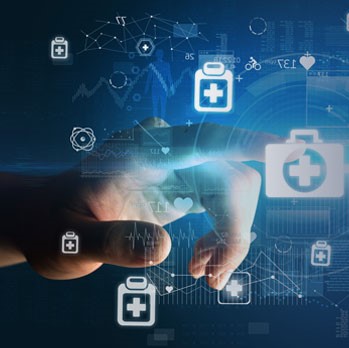
On April 17, the FDA is hosting a Virtual Public Workshop on approaches to Accreditation Scheme for Conformity Assessment Expansion.

On April 17, the FDA is hosting a Virtual Public Workshop on approaches to Accreditation Scheme for Conformity Assessment Expansion.

“These devices present a number of psychological risks including depression, anxiety, worsening of underlying symptoms, development of post-traumatic stress disorder, and physical risks such as pain, burns, and tissue damage.”

With more than 50 years in the medical device space, SERF SAS is recognized for its innovations in hip implants, including the invention of the original Dual Mobility Cup.

The Rubitection skin assessment management tool for chronic wounds and Kofimi Technology’s pediatric pulse oximeter device received a combined $50,000 in grant funding as part of the ADPI-led pitch competition.

Digital vehicle reimbursement solutions not only ensure fair compensation for employees, but also aid companies in managing costs.

“Artificial Intelligence and Medical Products: How CBER, CDER, CDRH, and OCP are Working Together” outlines how FDA’s medical product centers plan to address regulation of AI used in medical products and their development.

“We’ve arrived at a historically strong rule that will protect the most exposed communities from toxic air pollution while also ensuring that there will be a process that safeguards our nation’s critical supply of sterilized medical equipment.”

Post-market surveillance plays a critical role in the UK’s medical device regulatory framework. Manufacturers must prioritize establishing a comprehensive PMS system, developing clear and organized PMS plans, and promptly reporting incidents and corrective actions.

Medtech stakeholders can now search for MedAccred accredited suppliers. Accredited companies included in the QML have achieved MedAccred Accreditation after meeting stringent critical process audit requirements set by MedAccred OEM Subscribers, which include Baxter, BD, Boston Scientific, Edwards Lifesciences, Johnson & Johnson, Medtronic, Philips, Roche Diagnostics, and Stryker.

Medical Electronic Products of the future will be largely free from wires and cables, aside from a power source. “Wireless medical devices” offer numerous advantages. However, they are also subject to extensive legal regulations governing aspects such as the radio technology used in them. In addition, they may have to be assessed by a Notified Body such as TÜV SÜD.